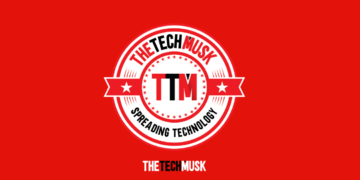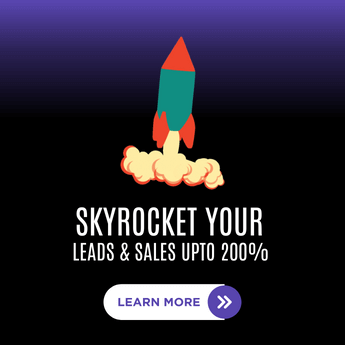As organizations generate, ingest, and analyze record volumes of data, conventional storage architectures are increasingly straining under the load. A new sponsored piece on TechCrunch, in partnership with Pure Storage, argues that the solution lies in adopting an Enterprise Data Cloud (EDC) model — a unified, intelligent infrastructure designed for the age of AI and hybrid computing.
The Problem: Fragmented Storage, Rising Costs
For decades, infrastructure was designed around vertical, siloed stacks, each optimized for specific applications and workloads. But as data scales, that approach is showing its weaknesses: increasing complexity, spiraling costs, and brittle operations.
When AI workloads entered the picture, the strain became more visible. AI/ML systems demand seamless access to all types of data — not fragmented slices behind incompatible systems. The article suggests many AI projects stall, not from algorithmic limitations, but because the underlying data architectures can’t support them.
What an Enterprise Data Cloud Offers
Unlike point solutions or cloud-only models, an EDC is conceptualized as a horizontal layer of data stretching across on-premises, cloud, hybrid, and edge environments. Key features include:
- Unified data plane: collapsing silos into one virtual layer across all storage environments.
- Intelligent control plane: automating operations, enforcing policies, and dynamically adjusting to demand or risk.
- Consistency & governance: ensuring security and policy enforcement uniformly across every workload.
- Seamless scaling & updates: capacity, performance, and underlying software can evolve without disruptive migrations.
Pure Storage positions its platform as one that enables the EDC architecture — blending purpose-built hardware and software to support high performance, reliability, and unified operations.
Why This Matters Now
- AI initiatives are becoming central to many enterprise roadmaps. But without a robust, unified data foundation, those initiatives risk being bottlenecked at scale.
- Organizations are increasingly operating across multi-cloud, hybrid, and edge environments. Managing data in silos adds operational friction and security risk.
- Automation, governance, and flexibility — all hallmarks of cloud infrastructure — are now expected even in on-prem and hybrid settings.
In such a context, the EDC model offers a bridge: the agility and consistency of cloud with the control, performance, and compliance of private infrastructure.
Potential Challenges & Skepticism
- Real-world integration: moving from legacy systems to an EDC isn’t trivial, particularly for organizations with deep-rooted infrastructure investments.
- Vendor lock-in concerns: enterprises may worry that embracing a unified platform ties them too closely to a particular vendor’s stack.
- Performance & cost tradeoffs: while unified systems promise efficiency, achieving high throughput and low latency across diverse workloads and geographies is technically demanding.
Final Thought
As data accelerates and AI becomes woven into business, the architecture underpinning that data becomes strategic — not just operational. The notion of an Enterprise Data Cloud isn’t merely a marketing pitch; it may be a necessary evolution if enterprises want to stay ahead of the flood. For organizations that can make the shift carefully, it offers a path to treating data not as a problem, but as a foundation for innovation and agility.























